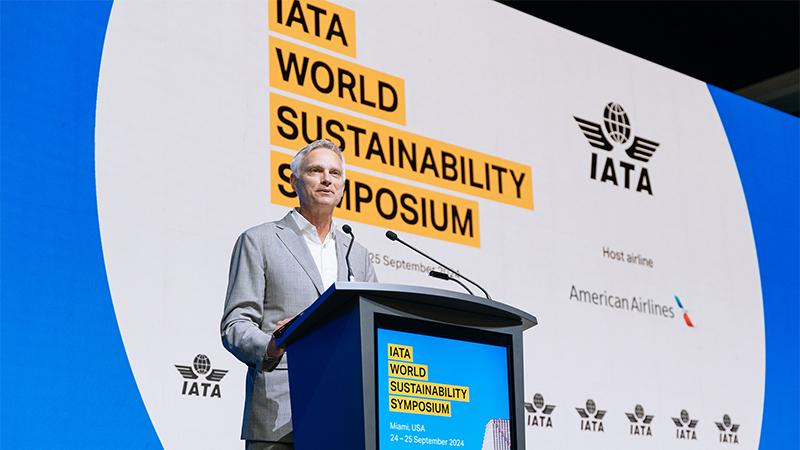
American Airlines CEO Robert Isom: “We are not moving fast enough. . . . We risk not meeting our goals.”
Credit: IATA
With most grand projects, there’s usually an early excitement and enthusiasm stage followed by a phase of seeing the full costs of the endeavor become clear. The airline industry’s plan to be carbon net zero by 2050—a plan that relies heavily on being able to use much more sustainable aviation fuel...
Why Airlines Are Sounding Alarm On Carbon Net-Zero Transition Costs is part of our Air Transport World subscription.
Subscribe now to read this content, plus receive full coverage of what's next in air transport from the experts trusted by the global air transport community. Every article focuses on what airline management professionals need to run their airline, including crucial analysis and insights in financing, airframes and engines, environmental and regulatory pressures and much more.
Already a subscriber to ATW or an AWIN customer? Log in with your existing email and password.





